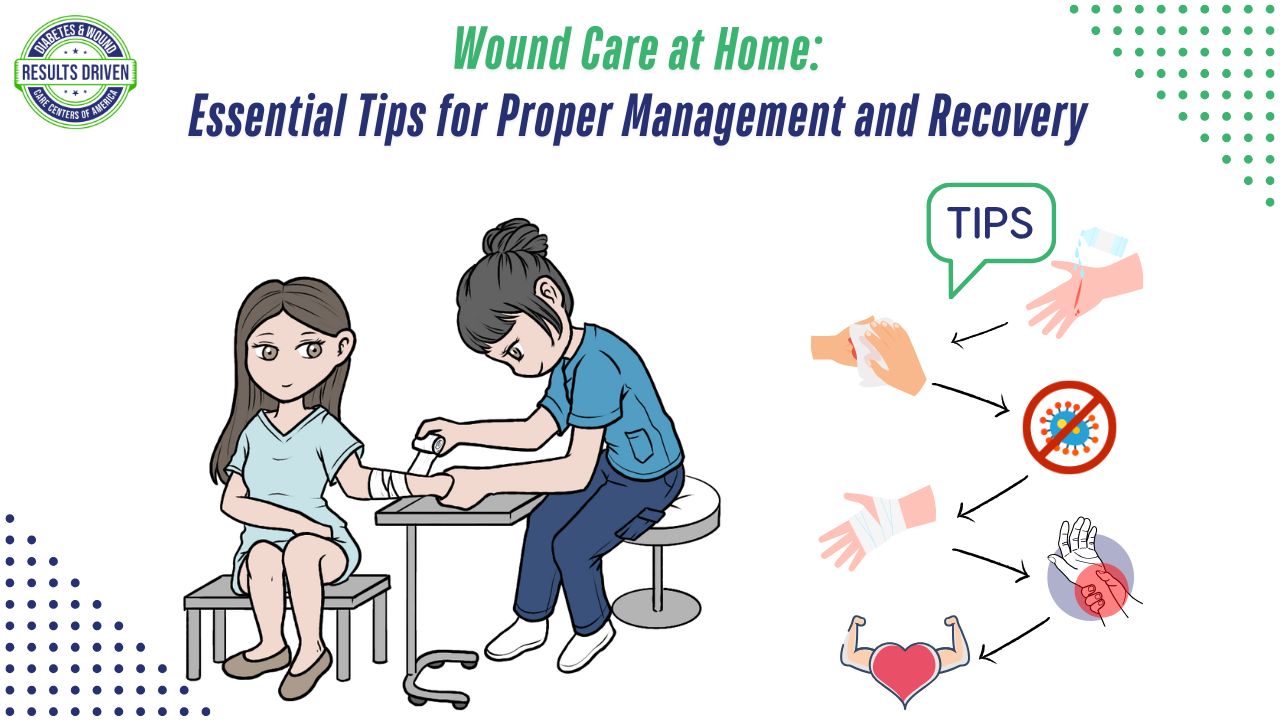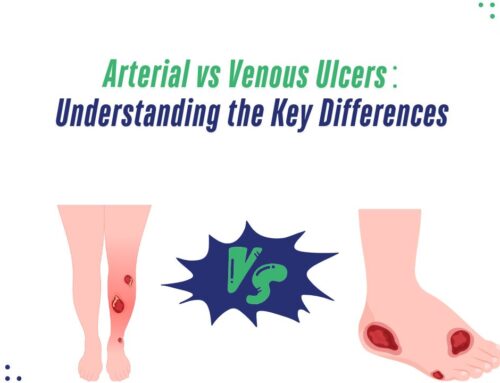Wound Care at Home: Essential Tips for Proper Management and Recovery
Did you know that improper wound care at home can significantly delay healing and increase the risk of infection? Whether it’s a minor scrape, a surgical incision, or a chronic wound, how you manage it at home plays a crucial role in your recovery. Wound care is not just about cleaning and covering the affected area; it’s about creating the right conditions for your body to repair itself efficiently. Taking the right approach can reduce discomfort, prevent complications, and speed up the healing process. Let’s explore the essential tips for managing wounds at home so you can recover faster and avoid unnecessary setbacks.
Why Proper Wound Care Matters
The body’s natural healing process can be hindered by improper care, leading to slow healing, infections, and excessive scarring. Providing your wound with the right care ensures faster recovery, minimizes the risk of complications, and promotes overall comfort. Small actions, such as keeping the wound clean and protected, can make a significant difference in how well and how quickly your body heals. Proper at-home wound care empowers you to take charge of your recovery and prevent unnecessary medical interventions.
Essential Tips for At-Home Wound Care
Keep the Wound Clean
Before touching the wound, always wash your hands thoroughly to avoid introducing bacteria. Use clean water or a sterile saline solution to rinse the wound, removing dirt, debris, and any potential contaminants. Harsh chemicals like hydrogen peroxide or alcohol should be avoided unless directed by a healthcare provider, as they can damage healthy tissue and slow the healing process. Pat the area dry with a clean towel or gauze—never rub, as this can cause irritation.
Maintain a Moist Healing Environment
Wounds heal faster in a moist environment, as dry wounds are more prone to scabbing, which can delay tissue regeneration. Applying a doctor-recommended ointment or wound gel helps keep the area hydrated while protecting against infection. Covering the wound with a non-stick dressing helps maintain moisture while shielding it from external irritants like dirt, bacteria, and friction.
Choose the Right Dressing
Selecting the appropriate wound dressing is essential for optimal healing. The type of dressing you use depends on the wound’s size, depth, and stage of healing. Simple cuts and scrapes may only require adhesive bandages, while larger wounds benefit from hydrocolloid or silicone-based dressings. Always follow healthcare provider recommendations for dressing changes and frequency, ensuring the wound remains clean and protected.
Monitor for Signs of Infection
While some redness and mild swelling are normal, increasing pain, warmth, pus-like discharge, or an unpleasant odor may indicate an infection. If you notice these symptoms, seek medical attention immediately to prevent complications. Left untreated, infections can spread, leading to more severe health concerns. Fever or chills accompanying a wound infection require urgent medical care.
Support Healing with Proper Nutrition
Your body needs essential nutrients to repair damaged tissue. Eating a balanced diet rich in protein, vitamins A and C, zinc, and omega-3 fatty acids can accelerate the healing process. Staying hydrated also plays a key role in circulation, ensuring oxygen and nutrients reach the wound site. Incorporate nutrient-dense foods such as lean meats, leafy greens, nuts, and citrus fruits into your meals to support recovery.
Avoid Irritants and Protect the Wound
Exposure to dirt, chemicals, and excessive sunlight can slow healing and increase the risk of infection. If you are physically active, take extra precautions to prevent friction or pressure on the wound, as movement can reopen healing tissue. Wearing breathable, protective clothing or a bandage can provide an additional layer of defense.
Manage Pain Effectively
Mild discomfort is common during the healing process, but pain should not be severe or persistent. Over-the-counter pain relievers, such as acetaminophen or ibuprofen, can help alleviate pain, but always consult a healthcare provider before taking any medication. Elevating the affected area can also reduce swelling and discomfort, especially for wounds on the legs or feet.
When to Seek Medical Help
Not all wounds can be effectively managed at home, and some require professional medical attention. If the wound is deep, large, or does not stop bleeding after applying pressure, seek medical care immediately. Signs of infection, such as increasing pain, excessive redness, pus, or fever, should not be ignored. If the wound does not show signs of improvement after several days or worsens, consult a healthcare provider to assess whether advanced treatment is necessary.
The Power of Proper Wound Care
Wound care at home is more than a simple routine—it is a crucial part of your recovery process. By following these essential steps, you create the best possible conditions for your body to heal efficiently and safely. Every effort you make in maintaining cleanliness, protecting the wound, and supporting healing through proper nutrition brings you closer to a smooth and speedy recovery.
Your health is in your hands, and small, consistent actions can make a world of difference. Taking care of your wounds today ensures a healthier tomorrow. With the right approach, you can confidently manage your wound care and return to your daily activities with minimal complications. Healing begins with care—so take control of your recovery and prioritize your well-being.







